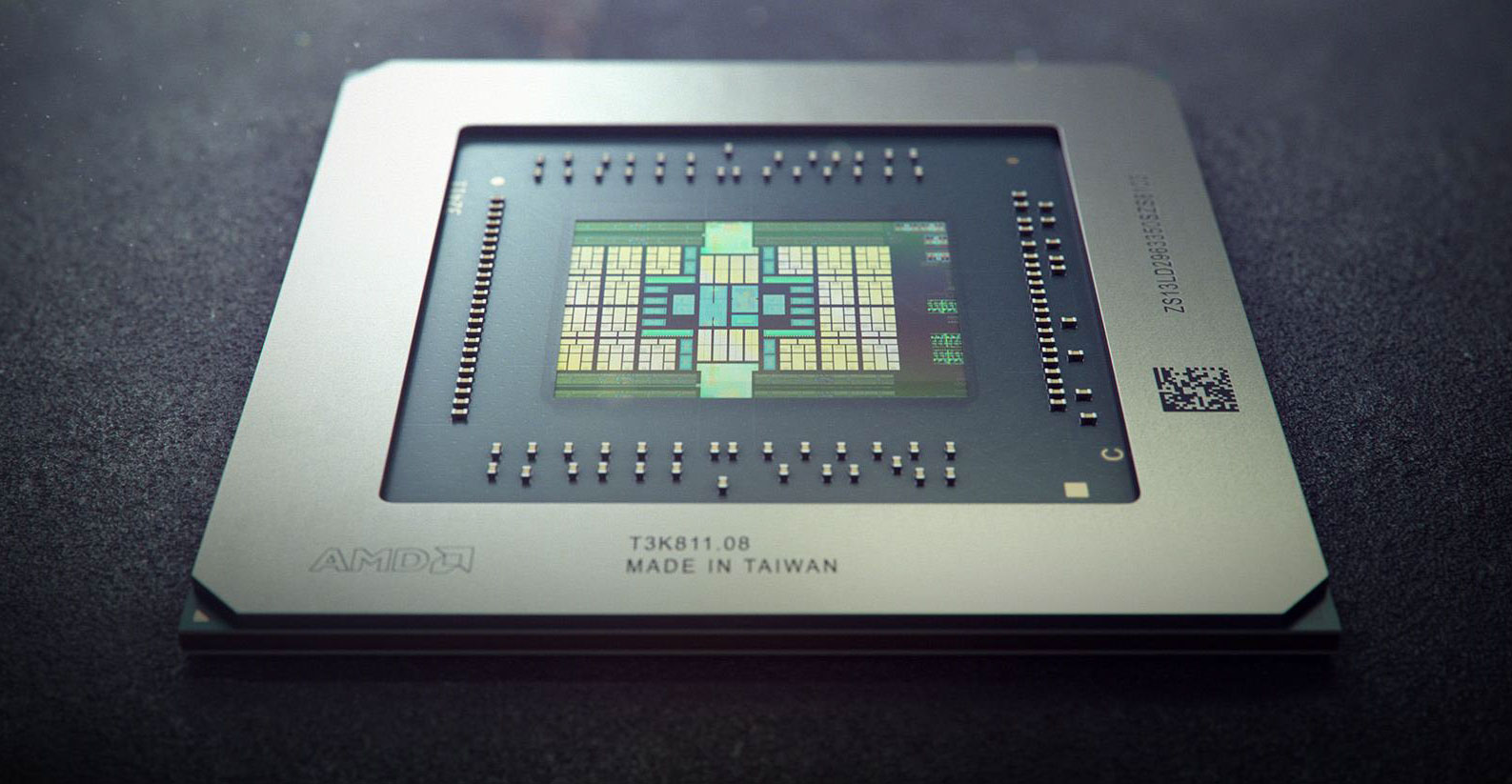AMD Big Navi GPU pricing rumoured to be slashed in light of Nvidia's Ampere reveal
The new AMD Radeon RX 6000 Series graphics card will sit between RTX 3080 and RTX 3070 in price and performance.

An unnamed AMD partner is claiming that, as a result of the recent Nvidia Ampere RTX 30-series unveiling, the red team is expected to cut the cost of its 16GB AMD Radeon RX 6000-series card to better compete with the new GeForce GPUs.
The new RTX 3080, and most especially the RTX 3070, have increased the pressure on the upcoming AMD RDNA 2 'Big Navi' GPU launch. These new Radeon RX 6000-series cards are likely to drop in October, alongside new AMD Zen 3 CPUs, but are still purely at the rumour stage while we wait for Lisa Su and Co. to take the wrappers off the next-gen hardware.
With the Nvidia RTX 3080 launching at $699 with twice the gaming performance of the RTX 2080, and the RTX 3070 coming in at $499 with performance which reportedly can outshine the RTX 2080 Ti itself, AMD has got some work cut out to ensure its RDNA 2-based RX 6000 series can compete both in terms of price and performance.
And it's looking like the top card is going to sit somewhere in between these two Nvidia cards, and potentially closer to the RTX 3070 if recent rumours are to be believed.
A source from within one of AMD's partner card manufacturers, speaking with Coreteks (via HotHardware), reportedly has said: "They [AMD] want to release the 16GB at $599... but after the Ampere announcement I'm expecting $549 for the 16GB… We're receiving the ASIC (GPU + MEM) this month [September]."
"They [AMD] want to release the 16GB at $599 and the 8GB at $499 but after the Ampere announcement I'm expecting $549 for the 16GB and $499 for the 8GB. We're receiving the ASIC (GPU+MEM) this month [September]" - AMD partner pic.twitter.com/tLd6Fe36OrSeptember 4, 2020
The original tweet from Coreteks speaks of an 8GB RX 6000-series card too, but a subsequent message notes that something was lost in translation and that, as far as they know, there isn't an 8GB version of that specific top Radeon card.
If the potential pricing shift is actually true—and we won't know until AMD actually unveils its new GPUs, so salt shakers at the ready, people—then it's looking like the performance and positioning of the Nvidia cards might have surprised the red team. The existing rumours have pegged the flagship Big Navi card with gaming performance ahead of the RTX 2080 Ti, but only to the tune of around 15% in best case scenarios.
Keep up to date with the most important stories and the best deals, as picked by the PC Gamer team.
That would likely put it behind the RTX 3080, and it seems AMD might want to make sure there is a significant enough price difference between the two to make the second-gen RDNA card more tempting. By being at least $150 cheaper than the RTX 3080 it will be a very tantalising GPU, especially if the performance isn't that far off.
It will, however, also need to be significantly faster than the $499 RTX 3070.
That's a card likely to launch around the same time, and reportedly can itself best the RTX 2080 Ti too. Then there are the rumours of a 16GB RTX 3070 Ti waiting in the wings, presumably to be deployed directly against the RDNA 2 cards as needed.
The new AMD RX 6000-series GPU is going to have to tread a very fine line in between the two new GeForce cards in order to find a relevant place for itself. But from the current rumours it's looking like a genuinely competitive card, and could still be a winner if AMD positions it right.

Dave has been gaming since the days of Zaxxon and Lady Bug on the Colecovision, and code books for the Commodore Vic 20 (Death Race 2000!). He built his first gaming PC at the tender age of 16, and finally finished bug-fixing the Cyrix-based system around a year later. When he dropped it out of the window. He first started writing for Official PlayStation Magazine and Xbox World many decades ago, then moved onto PC Format full-time, then PC Gamer, TechRadar, and T3 among others. Now he's back, writing about the nightmarish graphics card market, CPUs with more cores than sense, gaming laptops hotter than the sun, and SSDs more capacious than a Cybertruck.

